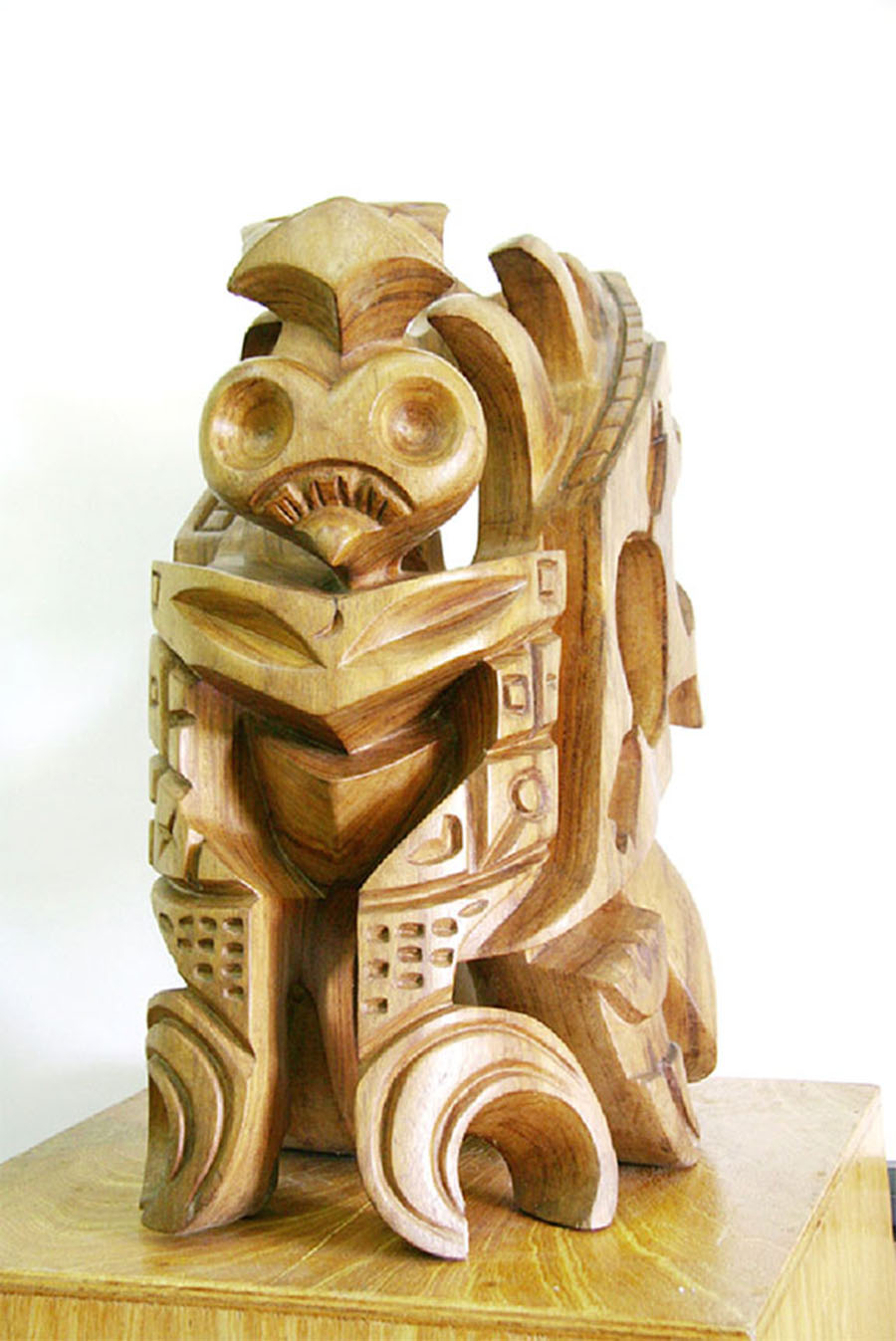 Last week, we started a celebration of Guyanese Amerindian art by directing some attention to its origins, history and rise. That was primarily a diachronic study, which we now continue by focusing on a more synchronic investigation. What are some of the characteristics of contemporary art and how can we analyse the preoccupations and contributions of major artists?
Last week, we started a celebration of Guyanese Amerindian art by directing some attention to its origins, history and rise. That was primarily a diachronic study, which we now continue by focusing on a more synchronic investigation. What are some of the characteristics of contemporary art and how can we analyse the preoccupations and contributions of major artists?
The indigenous people of Guyana produced the oldest surviving forms in pictorial products – petroglyphs, which represented the depth of an artistic product with anthropological function in the nation’s prehistory. These cryptic inscriptions were ancient forms of survival and human progress produced by the people themselves. They were followed by a long colonial period characterised by the work of expatriates. Interestingly, these predominantly nineteenth century sketches of Amerindian village life and botanical specimens, inter alia, had scientific, anthropological and historical value, but were produced by outlanders and focused on Amerindians only as subject. Ironically, in modern times when local artists began to advance art it was to a revisit of the ancient rock drawings and tribal motifs that they first turned. Such were the investigations in paintings by Aubrey Williams and the varied works of Marjorie Broodhagen. Amerindian art moved into abstract work.

